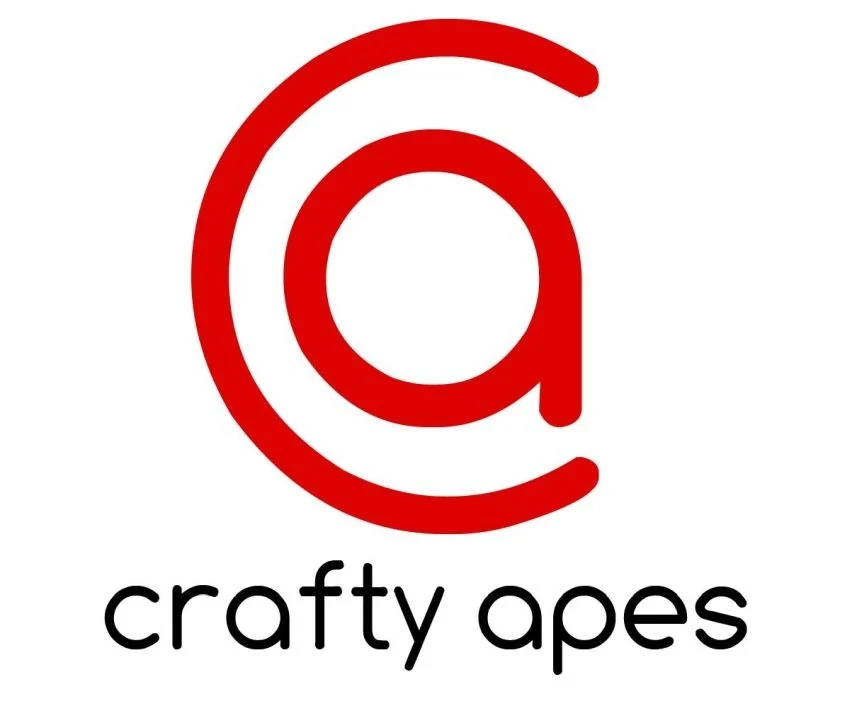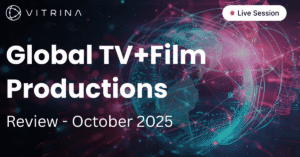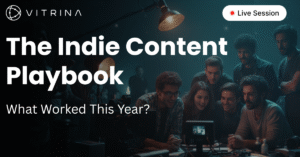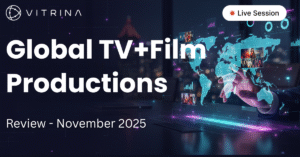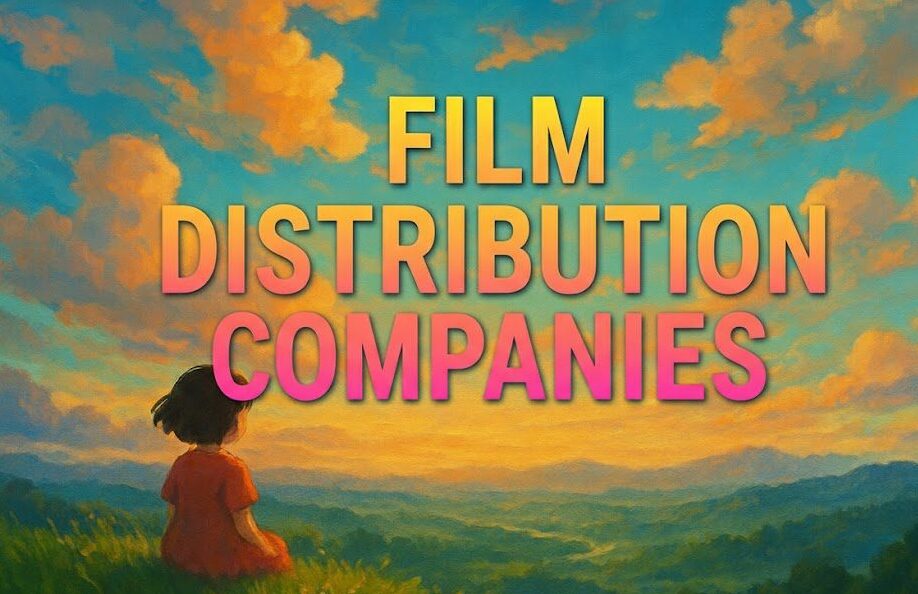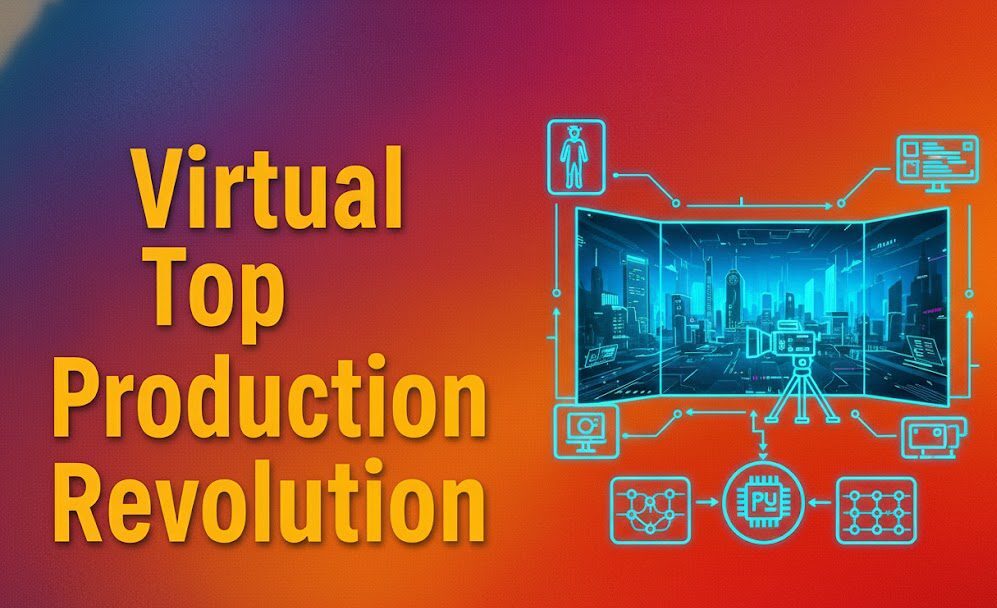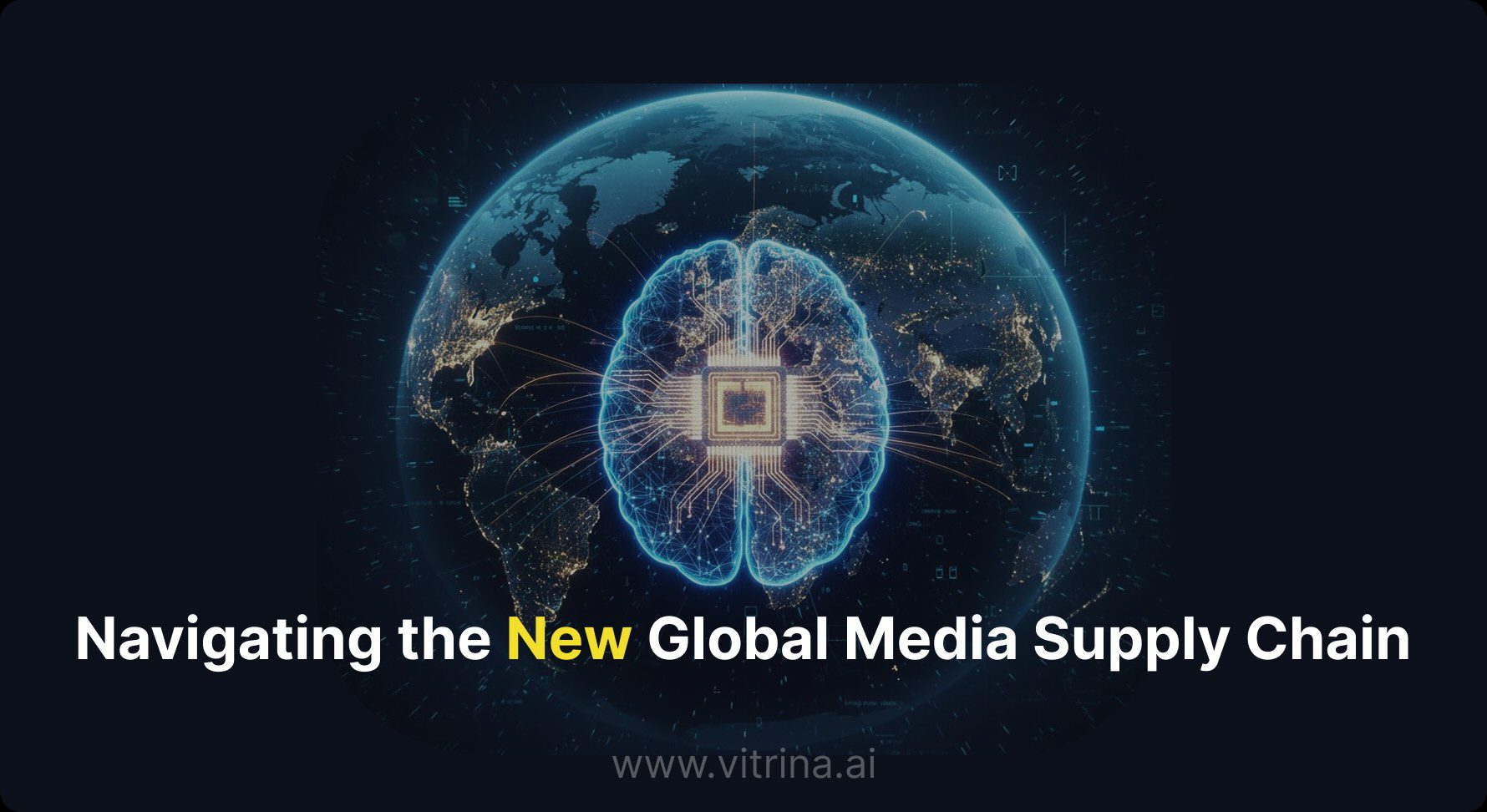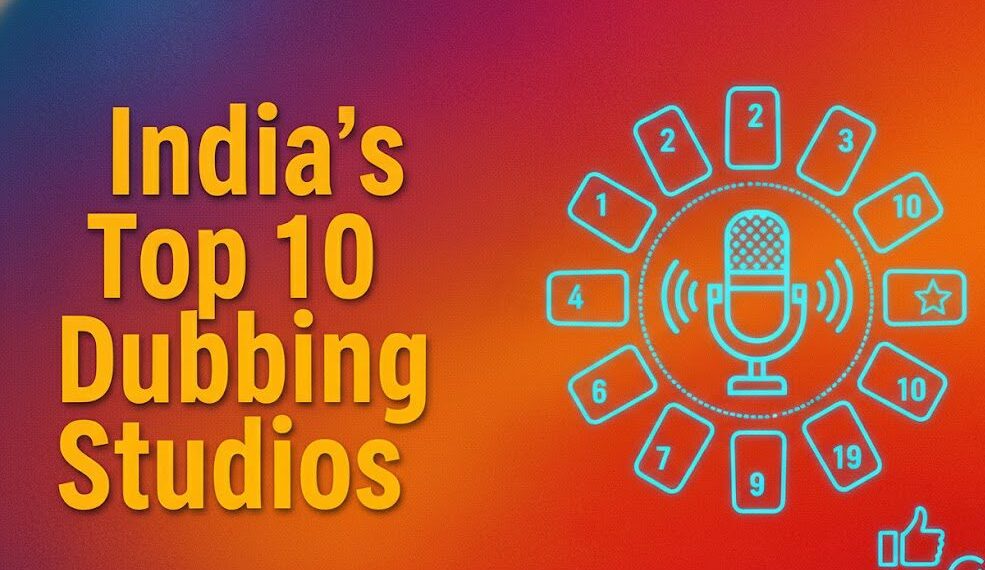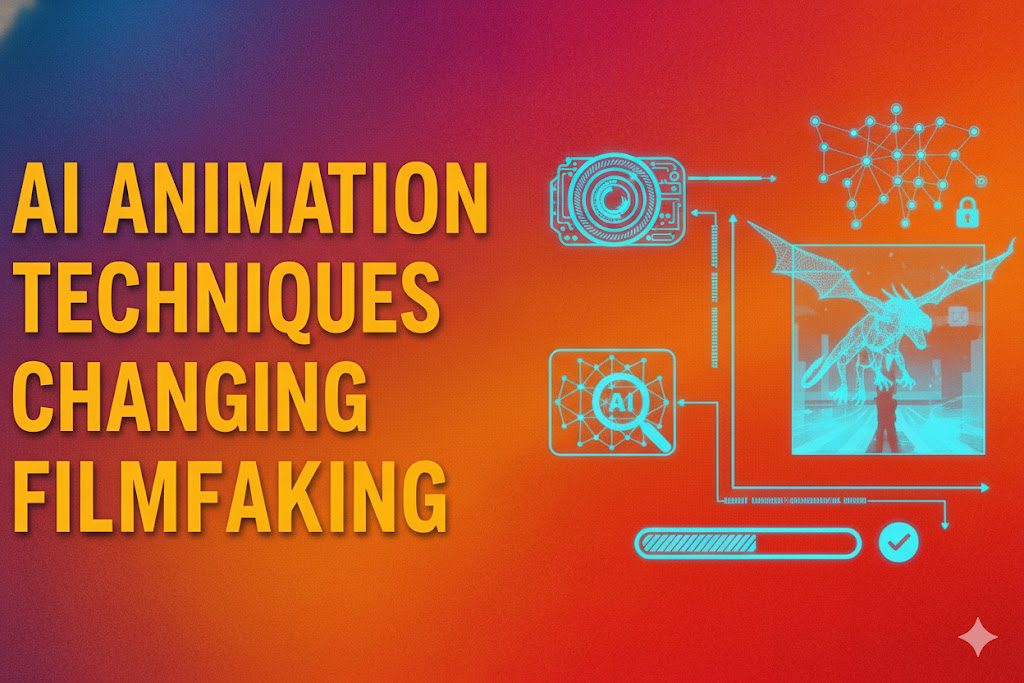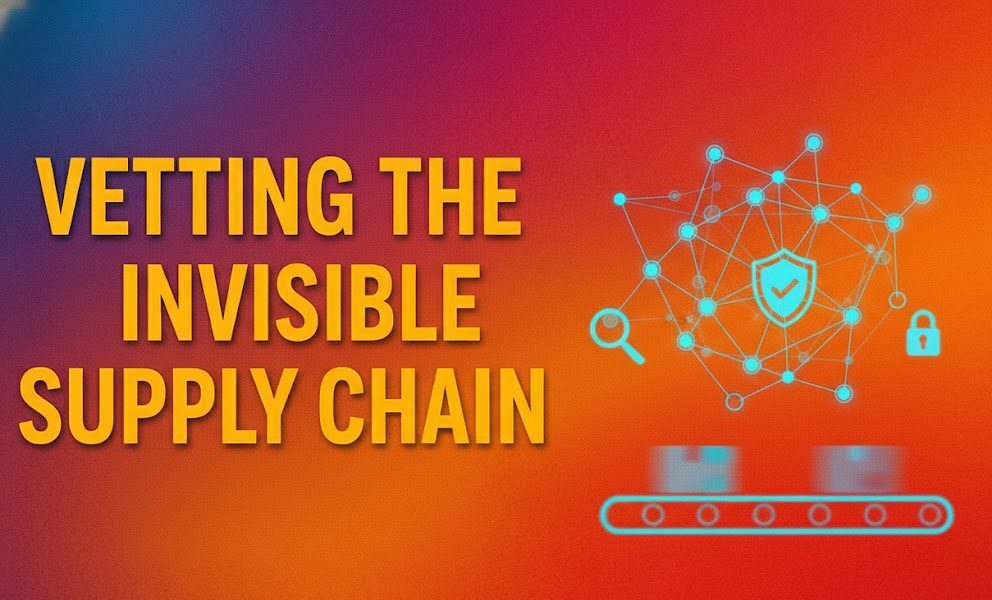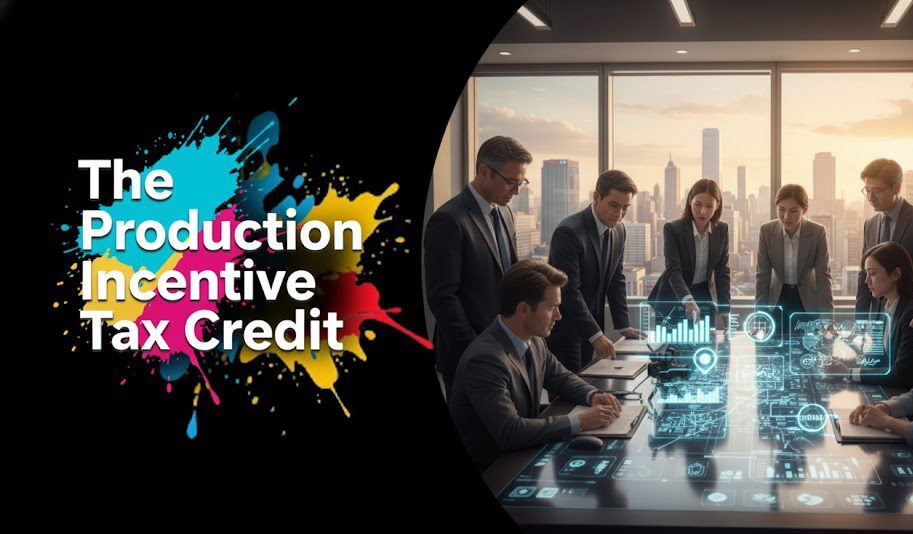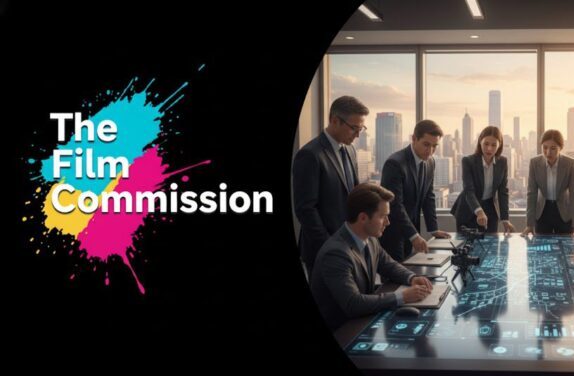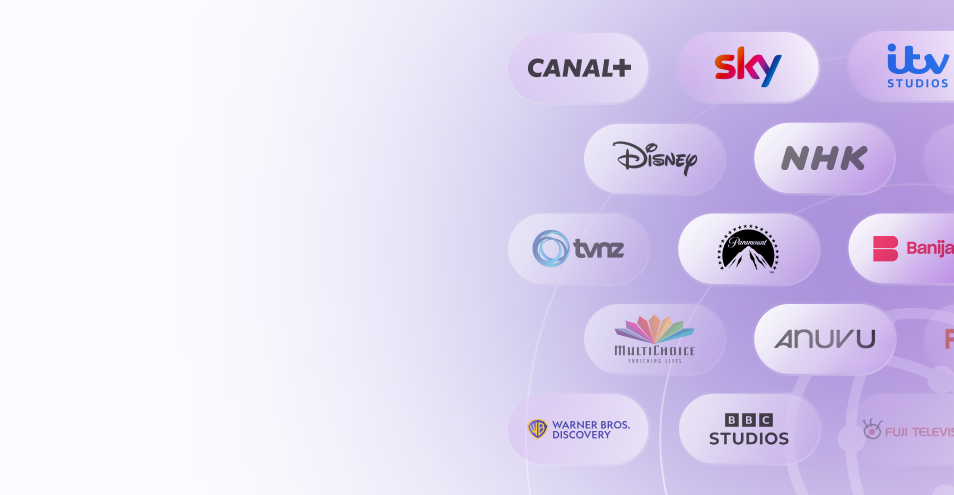Introduction
You’re an acquisitions executive. Your mission is to find incredible, compelling content that grips your audience and drives subscriptions. But let’s be honest. The process to buy documentaries often feels broken. You’re drowning in endless emails, chasing rights holders, and flying to markets, hoping to stumble upon that one hidden gem. It’s inefficient and exhausting.
What if you could change that? What if you had a clear, data-driven framework to find and acquire the world’s best non-fiction content? It’s not a fantasy. It’s about having the right strategy.
In this post, I’m going to walk you through the 5 actionable steps the world’s top buyers use to acquire documentaries that win over audiences and boost their bottom line. We’ll cut through the noise and give you a repeatable playbook for success.
Table of content
- Introduction
- Key-Takeaways
- Step 1: Stop Guessing – Define Your Acquisition Strategy
- Step 2: Go to the Source – Scout Key Festivals and Markets
- Step 3: Work Smarter – Leverage Global Content Marketplaces
- Step 4: Make the Connection – Master Your Outreach to Rights Holders
- Step 5: Close the Deal – Nail the Negotiation and Acquisition
- How Vitrina Streamlines Documentary Buying
- Conclusion
- FAQs
Key Takeaways
| Key Takeaways: How to Buy Documentaries | |
|---|---|
| Define Your Strategy | Know your audience, budget, and content gaps before you even start looking. A data-driven approach beats guesswork every time. |
| Scout Key Markets | Identify and prioritize major film festivals and markets like Sundance, Hot Docs, and IDFA. This is where top-tier content surfaces first. |
| Leverage Digital Marketplaces | Use modern B2B platforms to discover available content, identify rights holders, and access key data 24/7, saving you time and resources. |
| Master Your Outreach | Craft personalized, specific outreach to distributors and producers. Show them you’ve done your homework. |
| Negotiate Like a Pro | Focus on key deal points: license window, territories, exclusivity, and delivery materials. Clarity here prevents headaches later. |
Want to know which docs are available now?

Step 1: Stop Guessing – Define Your Acquisition Strategy
You can’t buy the right content if you don’t know what you’re looking for. Before you even think about scouting, you need a rock-solid strategy. The best buyers are surgical. They don’t spray and pray.
So, what does that look like? It starts with answering three questions:
- Who is my audience? What topics resonate with them? What have they watched and loved before? Use your platform’s analytics to build a clear viewer profile.
- What are my content gaps? Look at your current library. Are you heavy on true crime but light on nature docs? Identifying these gaps makes your search targeted and valuable.
- What is my budget and license model? Determine your budget per project and the type of rights you need (e.g., SVOD, AVOD, TVOD) and for which territories. This financial framework is crucial.
Nailing this first step prevents you from wasting time on films that are a bad fit. Strategy first, search second.
Go to the Source – Scout Key Festivals and Markets
Film festivals are the lifeblood of the documentary world. It’s where new talent is discovered, buzz is generated, and major deals are made. You need to be there, either physically or digitally.
But not all festivals are created equal. For documentary acquisitions, a few key markets are non-negotiable. Focus your energy on the big players known for high-quality, curated non-fiction.
Top-Tier Documentary Markets
- Sundance Film Festival: The premier US festival for discovering high-profile, award-winning documentaries.
- Hot Docs (Toronto): North America’s largest documentary festival and market. It’s a must-attend for anyone serious about non-fiction.
- IDFA (Amsterdam): One of the world’s leading documentary festivals, offering a huge, diverse slate of international films.
- Berlinale (Germany): Its European Film Market (EFM) is a critical hub for securing deals for European and international documentaries.
Attending these markets gives you a first look at the year’s most promising titles and direct access to the people behind them. But it’s expensive and time-consuming, which is why the next step is so critical.
Work Smarter – Leverage Global Content Marketplaces
Relying solely on festivals means you’re only seeing a fraction of what’s available. The game has changed. Today, the smartest way to buy documentaries is by using a centralized, data-driven platform.
Think about it. You need a way to see a global catalogue of available content, not just what’s premiering at a festival this month. You need instant access to who owns the rights, in what territories, and for how long.
This is where a B2B content marketplace becomes your secret weapon. These platforms provide:
- Comprehensive Discovery: Search and filter thousands of titles by genre, availability, language, and more.
- Data & Insights: Get intel on a film’s performance, buzz, and the track record of its producer or distributor.
- Efficiency: Stop wasting days searching for contact info. Find the right person and their catalogue in seconds.
By integrating a platform like this into your workflow, you can move faster and make more informed decisions. You can track interesting projects long before they hit the festival circuit by using a global project tracker and stay ahead of the competition.
Are you ready to close deals faster?

Make the Connection – Master Your Outreach to Rights Holders
Once you’ve identified a documentary you’re interested in, the next step is making contact. This is where many buyers go wrong. They send generic, low-effort emails that get instantly deleted.
Remember, distributors and producers are inundated with requests. You need to stand out. How?
Personalize, personalize, personalize.
Your outreach should prove you’ve done your homework. A strong email includes:
- A clear subject line: e.g., “Acquisition Inquiry: [Film Title] for [Your Platform Name]”
- A specific compliment about the film or the filmmaker’s work.
- A brief intro to your platform and its audience.
- A clear question: “We are interested in SVOD rights for North America. Could you let us know its current availability?”
This approach shows you’re a serious, professional buyer. It builds rapport and dramatically increases your chances of getting a positive response.
Close the Deal – Nail the Negotiation and Acquisition
You’ve found a great film, and the rights holder is interested. Now it’s time to make the deal. A successful negotiation is all about clarity and understanding the key levers.
Here are the core components you need to define in any licensing agreement:
| Deal Point | What It Means |
|---|---|
| Rights | What specific rights are you buying? (e.g., SVOD, TVOD, AVOD, Theatrical) |
| Territories | Where in the world can you show the film? (e.g., Worldwide, USA & Canada, LATAM) |
| Term (License Window) | How long do you have the rights for? (e.g., 24 months from launch date) |
| Exclusivity | Will you be the only platform with these rights in this territory? |
| License Fee | The cost of the license. Can be a flat fee, a revenue share, or a hybrid model. |
| Delivery Materials | What technical assets will the distributor provide? (e.g., 4K file, textless masters, promotional art) |
Get these terms clearly defined and in writing. A solid contract protects both you and the seller, paving the way for a smooth and successful partnership.
How Vitrina Streamlines Documentary Buying
Feeling overwhelmed? That entire five-step process is exactly what Vitrina was built to simplify.
Instead of juggling spreadsheets, festival schedules, and endless email chains, you can use a single, intelligent platform. Vitrina provides a comprehensive solution that centralizes the global content supply chain.
Our platform allows you to discover thousands of available documentaries, access deep data on sellers and projects, track content from development to distribution, and connect directly with verified rights holders.
It’s the most efficient way for acquisitions executives to find and buy documentaries that perfectly match their strategic goals.
Conclusion
Let’s face it, the old way of buying documentaries is slow, inefficient, and based too much on luck. But it doesn’t have to be that way. By building a clear strategy, focusing on the right markets, leveraging modern platforms, mastering outreach, and negotiating with clarity, you can transform your acquisition process.
You can become a more effective, data-driven buyer who consistently secures the best non-fiction content for your audience. You now have the playbook.
What’s the first strategy you’re going to try? Let me know in the comments.
Ready to stop searching and start acquiring? Vitrina is the global B2B marketplace for the Media & Entertainment industry. Discover, track, and connect with sellers to buy your next hit documentary. Sign up for Vitrina today!
Frequently Asked Questions
There’s no single answer. License fees can range from a few thousand dollars for a small territory to millions for worldwide rights to a blockbuster documentary. The price depends on the film’s profile, the rights package, territory, term, and exclusivity.
A sales agent is typically hired by a producer to sell the film’s rights at markets and festivals. A distributor acquires a slate of rights (e.g., all North American rights) and then handles the release and sub-licensing to platforms like yours. On platforms like Vitrina, you can connect with both.
The best way is through industry connections and by using advanced tools that track projects in development. Vitrina’s Project Tracker, for example, gives you visibility into the pipeline of upcoming content, so you can engage with promising films long before your competitors do.
Availability refers to which rights are currently unsold for a specific territory and time window. A film might be “available” for SVOD in Europe but “unavailable” in North America because another platform holds those rights. This is why a global rights database is so powerful.



